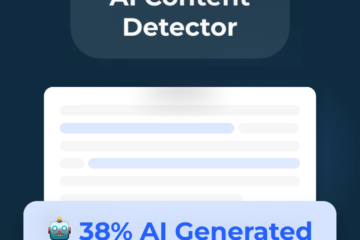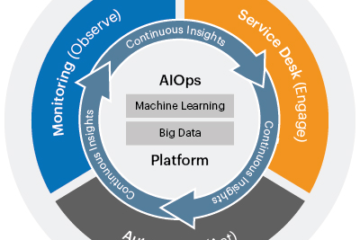
What is Influence Engineering?
Influence engineering refers to the deliberate construction of algorithms with the aim of exerting influence on the choices made by digital users on a large scale. The discipline in question is very nascent, although it is rapidly garnering attention among marketers who see the potential of using behavioral science to develop digital ads that are more impactful and compelling.
Influence engineering algorithms use a diverse range of strategies to manipulate user behavior, encompassing:
Anchoring
The anchoring method is a cognitive bias that includes the presentation of a reference point, known as an anchor, which has the potential to impact individuals’ future judgments and decision-making processes. Anchoring may be used by marketers as a strategy to manipulate a user’s impression of pricing, whereby the presentation of a higher-priced product is prioritized.
Social proof
The use of social proof entails harnessing the potency of social influence in order to effectively convince others to engage in a certain desired behavior. An instance of using social proof in marketing strategies is the presentation of testimonials from contented consumers with the aim of augmenting conversion rates.
Scarcity
The use of scarcity as a tactic entails the creation of a perception of urgency and limited availability, with the aim of motivating people to take prompt action. An instance of using scarcity as a marketing strategy may be a marketer utilizing a time-limited deal in order to stimulate sales.

Influence engineering algorithms provide the capability to exert impact on a diverse array of digital user behaviors, encompassing:
- Click-through rates (CTRs).
- Conversion rates.
- Purchase decisions.
- Brand loyalty.
Influence Engineering and Emotion AI
Influence engineering has a strong correlation with emotion AI, an area within the realm of artificial intelligence that focuses on understanding and addressing human emotions. Emotion AI algorithms have the capability to gather and evaluate data pertaining to the emotional states of users. This information may then be used to guide methods related to influence engineering. They also rank influence engineering in the innovation trigger of their “Digital Advertising Hype Cycle”. This suggests that interest in influence engineering will continue to increase until it becomes mainstream in five to ten years.
As an example, an algorithm based on emotion AI might be used to monitor a user’s facial expressions and vocal intonation in order to ascertain their degree of interest and involvement. This data might then be used to dynamically modify an advertising campaign in real time, hence increasing the probability of effectively connecting with the user. Influence engineering is part of the emotional AI meta-trend.
The Prospects of Influence Engineering in the Coming Years
According to Gartner, influence engineering has been identified as one of the four emerging technologies that are anticipated to have a substantial effect on the realm of digital advertising during the next five to ten years. Searches for “emotion AI” have increased by 465% over the past five years. This implies that there is a growing interest in influence engineering, indicating its potential to become a widely adopted marketing strategy in the foreseeable future.
Several causes are contributing to the expansion of influence engineering. One contributing element pertains to the growing accessibility of data about user activity. As marketers gather an increasing amount of data on their clientele, they are capable of formulating increasingly intricate and efficient influence engineering algorithms.
The expansion of influence engineering is being propelled by the emergence of emotion AI. With the increasing maturity and affordability of emotion AI technology, its use in influencing engineering efforts is expected to see broader adoption.

The use of influence engineering techniques in marketing strategies
If one has an inclination towards using influence engineering in their marketing endeavors, there exist many measures that might be undertaken:
- Determine your target audience. Who are you attempting to persuade? What are their desires and needs?
- Recognize your audience’s behavior. What are their interactions with your website and other digital platforms like?
- Select the appropriate influence engineering approaches. Which tactics are most likely to work for your intended audience?
- Put your influence engineering tactics into action. Experiment with several strategies and keep note of your outcomes.
- Improve your campaigns over time. As you acquire additional data, you may increase the efficacy of your influence engineering methods.
The use of influence engineering is a potent mechanism that may be employed to enhance the efficacy and persuasiveness of digital marketing initiatives. By understanding the concepts of influence engineering and using them judiciously, one may effectively shape the behavior of the intended audience and attain desired marketing objectives.
The below examples illustrate the use of influence engineering within the realm of digital marketing:
- A merchant might use influence engineering to enhance sales by proposing goods to consumers based on their previous purchase history and browsing activity.
- Influence engineering may be used by a social media platform to promote engagement by offering users material that is likely to be of interest to them.
- A search engine may employ influence engineering to increase the relevancy of its search results by taking into consideration the user’s emotional state.
Influence engineering is still a relatively young profession, but it has the potential to alter the way we promote to customers. Understanding and exploiting the power of behavioral science allows us to design more successful and convincing digital campaigns that reach and engage our target audiences in meaningful ways.















